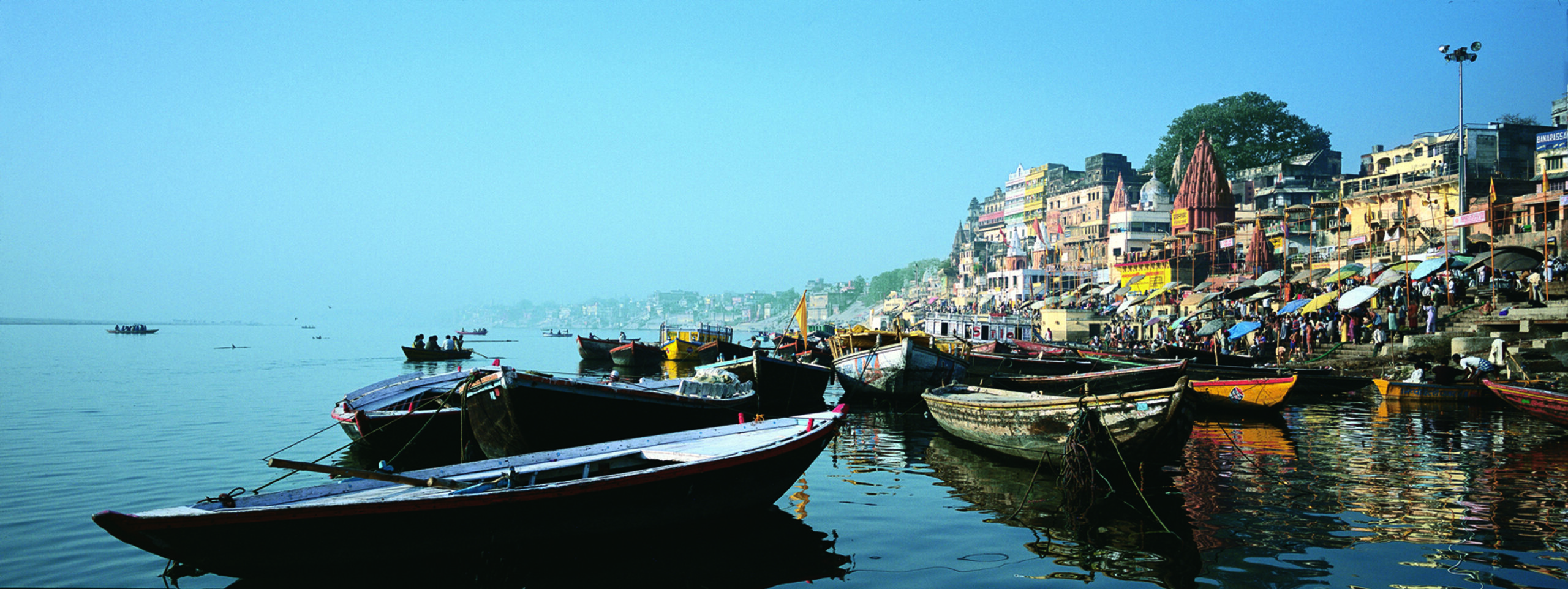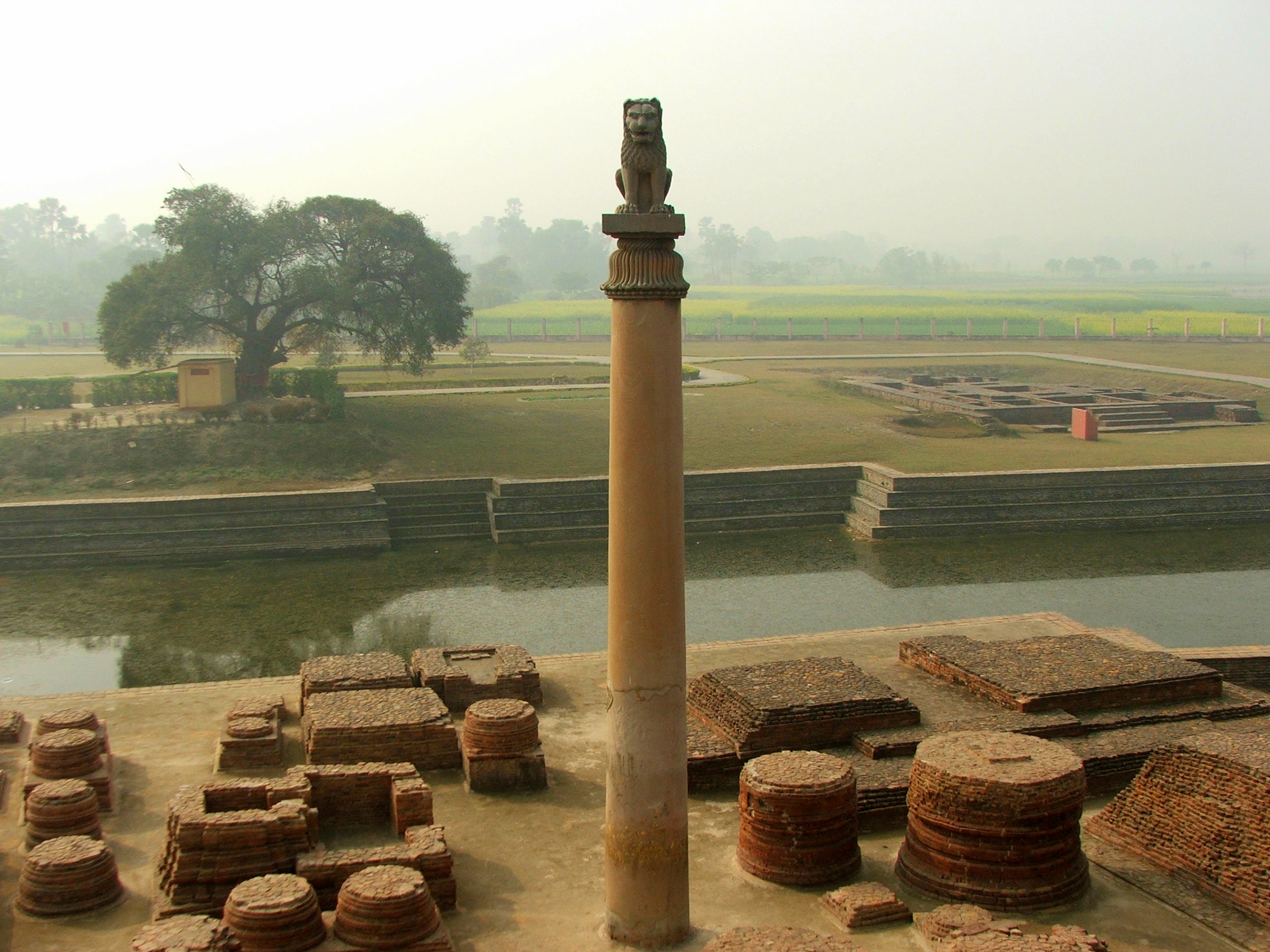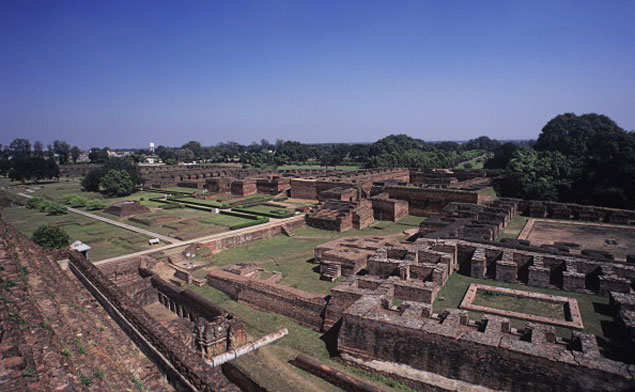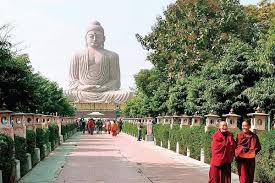Day 1
Morning pick up from Lumbini and transfer by road to Kushinagar (approx. 5-6 hours’ drive).
Kushinagar – A Site of Buddhist Parinirvana Situated in Deoria district of eastern Uttar Pradesh, Kushinagara was a small town in the days of the Buddha. But it became famous when the Buddha died here, on his way from Rajgir to Sravasti. His last memorable words were, “All composite things decay. Strive diligently!” This event is known as the ‘Final Blowing-Out’ (Parinirvana) in Buddhist parlance. Since then the place has become a celebrated pilgrim centre. It was the capital of the kingdom of the Mallas, one of the 16 Janapadas.
On arrival in Kushinagar transfer to your Hotel for check in
Overnight at hotel
Day 2
After breakfast visit to Parinirvana Stupa and Parinirvana Temple, Wat Thai Temple, Japanese Temple, Mahaparinirvana Temple, Buddha Museum and etc.
Later in day drive to Patna en-route visiting Vaishali. See Ashokan Pillar and Vishwa Shanti Stupa in Vaishali. (approx. 6-7 hours’ drive).
On arrival in Patna transfer to your hotel for check in
Patna is the capital of Bihar, and the second largest metropolis in eastern India. Fluxed by the three sacred rivers Ganga, Sone and the Poonpun, the journey of Patna through the ages can quite be an object of envy for any place brooding over its life-chronicle. The city tweets of a glorious past and perches on the briskness of a bustling and an up-and-coming metropolis. Legend has it that a sanctified Ganga had watched with reverence as a hallowed Buddha blessed this place to be a realm of great Kings and their Empires. Belonging to the blue family of cities with a royal heritage,it is the land where the greatest emperors of India walked, and where the greatest saints chose to preach. Guru Gobind Singh, the 10th Sikh Guru was born here. For anyone with a taste for history and religion, this place flies high.
Overnight at hotel
Day 3
After breakfast visit to Gandhi Museum, Patna Museum, Har Mandir Takht.
Later drive to Bodhgaya en-route visiting Rajgir and Nalanda. (approx. 5-6 hours’ drive)
Rajgir- Rajgir has huge religious significance; Mahavir the 24th Jain Tirthankara who founded the religion spent 14 rainy seasons here. The 20th Tirthankara, Munisuvrat was born in Rajgir and Buddha delivered many of his sermons in the locality. Rajgir was once the capital of the powerful Magadha Empire and has been occupied since 800 BC. The town lies 34km from Bodh Gaya, and is famous for its rock-cut caves, Ajatasatru Fort, Buddhist ruins, shell inscriptions and Hindu and Jain temples.
Nalanda – Nalanda, the capital of Bihar is approximately 50km from Bodh Gaya. The ruins of one of the world’s oldest universities can be found here. The complex, which dates from the 5th century BC, also houses 11 monasteries. An important site on the Buddhist circuit, Nalanda was a prestigious center for Buddhist learning. Hidden under vast mounds of soil it wasn’t until the 1860’s that Nalanda’s archaeological significance was realized. 20 years of excavation work revealed the remains of the university that was home to over 5,000 international students and teachers. It was from here that Buddhism spread to China, Tibet and South-East Asia.
Arrive Bodhgaya and check in at hotel.
Overnight at hotel
Day 4
After breakfast do full day sightseeing tour of Bodhgaya visiting Mahabodhi Temple, Bodhi Tree, Great Buddha Statue and other temples and Monasteries.
Bodh Gaya – The holiest site for Buddhists from all over the world and the place where Lord Buddha attained enlightenment, Bodh Gaya sits on the great Ganges plain in the central part of the state of Bihar. During the 6th century BC, a local prince named Siddharth (also known as Gautam) renounced all material possessions and, after practicing rigorous penances for years, attained enlightenment or Nirvana whilst sitting under a Bodhi (Bo) tree. After gaining enlightenment, Gautam became known as the Buddha (The Enlightened One) and spent the rest
of his life spreading his messages of love and peace. The main attraction in Bodh Gaya is the Mahabodhi Temple, now declared a World Heritage Site by UNESCO. The temple, which replaced the original shine built by Ashoka in the 2nd century has been restored and features an intricately carved pyramidal spire 54m high. It houses a large gilded image of the Buddha. Ashoka allegedly destroyed the original Bodhi tree, and the current tree situated behind the temple, is reported to be a sapling from the tree that Ashoka’s son took to Sri Lanka.
Overnight at hotel
Day 5
After breakfast drive to Sarnath
Varanasi, also commonly known as Benares or Banaras and Kashi, is a district in the Indian state of Uttar Pradesh. It is situated on the banks of the River Ganges. It is regarded as a holy city by Buddhists and Jains, and is the holiest place in the world in Hinduism (and center of earth in Hindu Cosmology).
It is one of the oldest continuously inhabited cities in the world and probably the oldest of India. The culture of Varanasi is closely associated with the River Ganges and the river’s religious importance. The city has been a cultural and religious center in North India for several thousand years.
Sarnath located just 12 km from the Hindu holy city of Varanasi, is the site of the deer park where Gautama Buddha first taught the Dharma after his enlightenment. Sarnath is one of four holy Buddhist sites sanctioned by the Buddha himself for pilgrimage. You can see here Dharmekh Stupa is which 128 feet high, and 93 in diameter, Deer Park, Ashoka Pillar. You also can see Sarnath Archeological Museum, which also houses some of the greatest treasures of Indian Buddhist art.
On arrival check in at hotel
Later in the evening visit to Ghats to witness aarti ceremony and to get acquainted with this ancient city, which has been a magnet for enlightened beings and spiritual seekers for millennia. Begin with a guided tour of the Ghats — a series of steps leading to the holy river — and observe sages of the Hindu and Jain faiths as they meditate and teach on the banks of the Ganges.
Overnight at hotel
Day 6
Morning boat ride on river Ganges to witness the daily rituals
See the long string of Ghats (steps) that line the river, where locals practice yoga and Hindus perform morning prayers before bathing in the river to wash away their sins. After breakfast, visit Bharat Mata temple, Banaras Hindu University, Vishwanath Temple, Hanuman Temple and Old City market.
Later in time transfer to Varanasi airport to board flight for Agra.
On arrival transfer to the hotel for check in
Overnight at hotel
Day 7
Morning visit Taj Mahal by sunrise (Closed on Friday)
Taj Mahal – The 17th century Taj Mahal is often called a poem in stone. If so, the mausoleum is a love poem – created by Mughal Emperor Shah Jahan for his favorite wife Mumtaz Mahal. It took 22 years to be completed and was designed and planned by a Persian architect Ustad Isa. Apart from its stunning design balance and perfect symmetry, the Taj is also noted for its elegant domes, intricately carved screens and some of the best inlay work ever seen. (Taj Mahal remains closed on Fridays
Later visit Agra Fort
Agra Fort – situated two kilometres towards west of the Taj Mahal on the banks of the river Yamuna. It was built by the third Mughal Emperor, Akbar, and added to by his son Jahangir and grandson Shahjahan. Agra Fort is an imposing structure with walls of red sandstone, almost two miles long and contains palaces, audience halls and mosques built by all the three emperors. The fort presents a good sampling of Islamic and Hindu architectural styles.
Later in time transfer by road to Delhi through covering a distance of 200kms in approx. 3-4 hours.
Arrive at Delhi and check in at hotel.
Delhi – the capital of India – The city consists of two parts – Old & New Delhi. Old Delhi was the capital of Muslim India between 17th and 19th century and has many mosques, monuments and forts. New Delhi, the imperial city was created by the British as the capital of India. In 1911, Edwin Lutyens, the most renowned English architect of the day, was chosen to design New Delhi which flaunts a surprising number of impressive monuments related to its conquests by the Mughals, Turks, Persians and ultimately the British.
Overnight at hotel
Day 8
Morning visit Old Delhi which was the capital of Muslim India between 17th and 19th century and has many mosques, monuments and forts. Begin your day with an exploration of Old Delhi – visit the Jama Masjid, the royal mosque built by the Mughal Emperor, Shah Jahan in 1656. It is one of the largest and most beautiful mosques in the world and is constructed in red sandstone and white marble. The main prayer hall has a seating capacity of more than 20,000 worshippers. In the old city of Delhi, walk through the by-lanes of the spice market, the wedding street and the jeweler’s lane to savor the 350 years old culture up-close. There will be great photo opportunities here.
Enjoy a cycle rickshaw ride through the narrow lanes of Chandni Chowk, the spine of Old Delhi. Jahanara Begum, the daughter of Shah Jahan designed this commercial place in 1648. Drive past Red fort, built in red sand stone by Shah Jahan in 1648, this magnificent monument is laid out along the river Yamuna as an irregular octagon. Drive through the majestic boulevards of New Delhi designed by the Edwin Lutyens in 1920. Lutyens’ Delhi includes the grand government buildings and parliament house.
The Rashtrapati Bhavan (Presidential Palace) is where the Viceroy once lived and now is the official residence of the President of India. It is an imposing structure with 340 rooms, constructed high up on Raisina Hill. View India Gate, a war memorial arch built in honour of 90,000 Indian soldiers who lost their lives in World War.
Continue to Humayun’s Tomb, the first great example of Mughal architecture in India, it developed to become the hallmark of the Mughal Dynasty. Culminate your tour at Qutab Minar, a soaring tower of victory, 72.5meter high with five distinct stories. The construction of this minaret commenced in 1193 and was completed in 1368. Built on the foundation of a Hindu temple, many elements of the construction reflect their Hindu and Jain origins. Within the complex, there are myriad monuments that combine both Islamic calligraphy and Hindu motifs.
Later in time transfer to Delhi Airport to board flight for onward destination.







Reviews
There are no reviews yet.